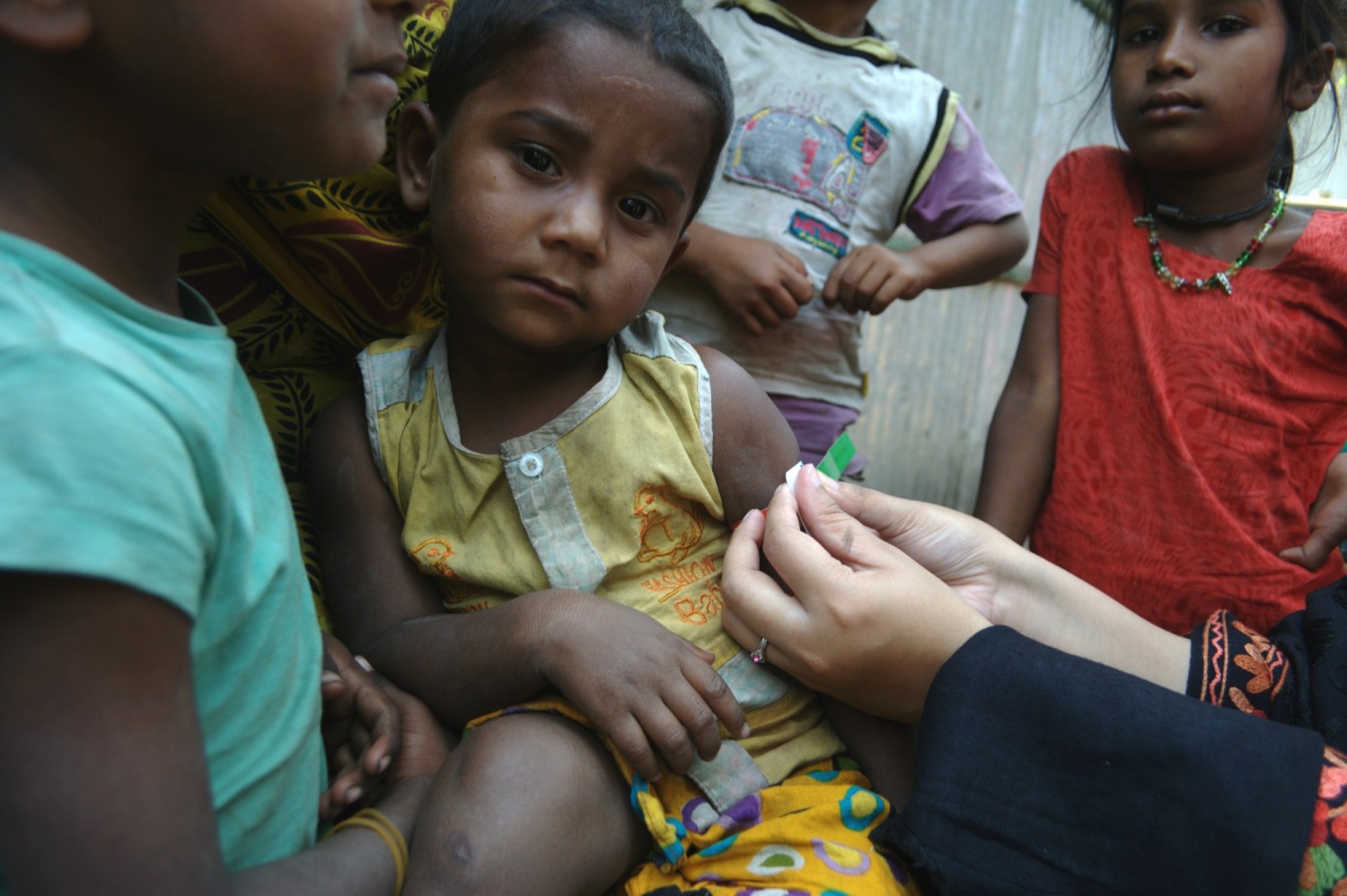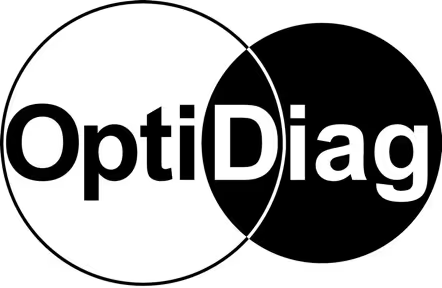Starting up the OptiDiag Project

We have begun with the first phase of the OptiDiag project: finalizing the research protocol and submitting it is for international and national approval, working on the methodology of analysis of hair and blood samples and preparing for the three field studies in Bangladesh, Burkina Faso and Liberia.
In short, the OptiDiag project is designed to determine how to best diagnose (and subsequently treat) children suffering from severe acute malnutrition (SAM). Weight-for-Height Z-score (WHZ) and Mid-Upper Arm Circumference (MUAC) have been acknowledged as independent criteria for the diagnosis of SAM and the targeting of humanitarian nutrition programs. However, in the absence of a gold standard, it is difficult to understanding the diagnostic performance and limits of these anthropometric tools.
MUAC and WHZ correlate very poorly with one another; it was reported that only about 40% of SAM cases identified by one indicator are also diagnosed with the other. This inconsistency triggers the urgent need for relevant and practical diagnostic tools to improve the accuracy of SAM diagnosis in humanitarian settings.

In collaboration with Duke University, we are developing of a rapid Point-of-Care blood test for leptin, also known as “the satiety hormone,” that helps regulate energy balance by inhibiting hunger. Leptin has revealed to be a major biochemical predictive factor for mortality (Bartz 2015) for SAM children at admission for inpatient nutritional rehabilitation.
Leptin will be measured with a single drop of blood from a finger stick by way of a florescence optic system integrated into a smartphone. The system is currently operational, but undergoing refinement to increase sensitivity. We hope to have that fixed by the summer.
In collaboration with AgroParisTech, we are developing a method to identify impaired body metabolism using variations of stable isotopes ratios (nitrogen and carbon) in the hair. Compared to other body tissues, hair has many outstanding qualities, which are useful for the reconstruction of nutritional life histories. Hair keratin is continually formed and no remodelling occurs after formation. This way, information about the individual’s metabolism and nutritional status is recorded chronologically along the whole hair strand.
The OptiDiag Project Lead, Trenton Dailey-Chwalibóg, helped refine the methodology (sectionalizing the hair samples, dilapidation to remove sebum, packaging, mass spectrometry, etc.), which was then tested on a few hair samples. The presence of an isotopic signal (in line with severe catabolism) was observed for mostly all patients, and the methodology which will be applied for subsequent sample collection was further refined.
OptiDiag prospective follow-up cohorts will be will be nested in Community-based Management of Acute Malnutrition programs in ACF-Bangladesh, ACF-Burkina Faso and ACF-Liberia.
Our research protocol was recently granted ethical approval from the Institute of Tropical Medicine (ITM) Antwerp and the Antwerp University Hospital. We have submitted contextualized research protocols to the various national ethical review boards in Burkina Faso, Bangladesh and Liberia. Research teams are currently being recruited and trained in Burkina Faso and Bangladesh, and enrollment of patients is slated to begin in the months to come.

***This blog covers humanitarian aid activities implemented with the financial assistance of the European Union. The views expressed should not be taken, in any way, to reflect the official opinion of the European Union, and the European Commission is not responsible for any use that can be made of the information it contains.
Stay updated
Sign up for our newsletter to receive regular updates on resources, news, and insights like this. Don’t miss out on important information that can help you stay informed and engaged.
Related articles
.png)


Explore Elrha
Learn more about our mission, the organisations we support, and the resources we provide to drive research and innovation in humanitarian response.